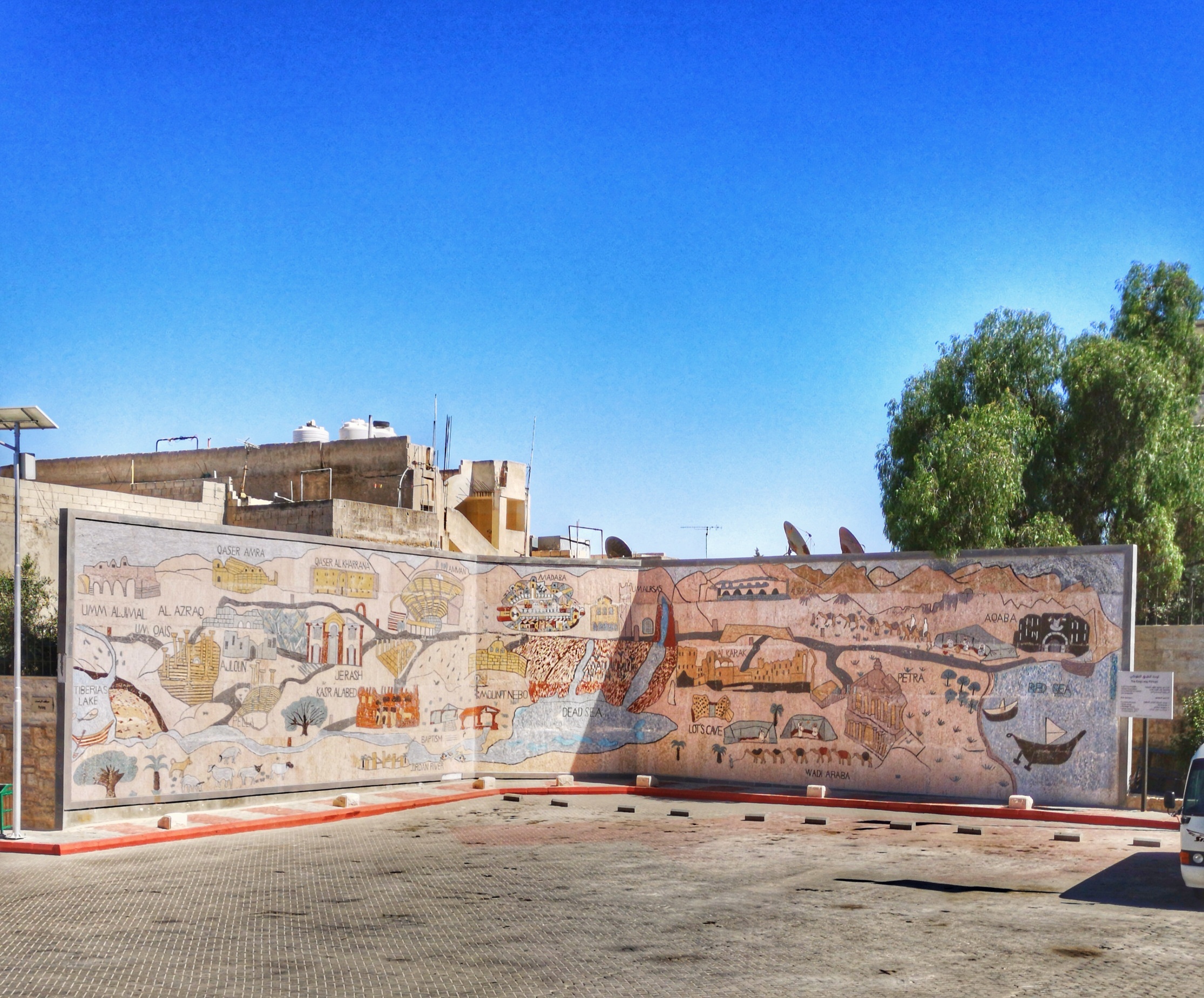

To the south of the Jordanian capital, Amman, lies the city of Madaba, famous for its mosaic map and numerous religious and tourist sites, in addition to the historical and cultural depth of the city that orientalists and historians mentioned in their books.
Getting to Madaba is very easy due to the availability of all types of transportation, and its proximity to Amman (30 km). The Vatican has adopted it as a site for Christian pilgrimage, and the city received the title of Arab Tourism Capital for the year 2022. Christian history also explicitly mentioned Madaba in the year 451, and that was during the Fourth Ecumenical Council and in the presence of its Arab bishop, Qaya Nous, Bishop of Madaba at that time.
Madaba is distinguished by its abundance of mosaic paintings, due to the existence of a school teaching this art since the pagan era. It continued its prosperity in the Christian era and produced mosaics in Madaba, Mount Nebo, Ma'in, and most of the churches spread therein, where the tourist finds the oldest maps of the world made with perfection and art from the colors of the mosaics, which are made up of pictures. From small squares of stones in different colors.
A visit to Madaba begins at the visitor center, which is an old house that has been restored and dates back to the nineteenth century. The center is equipped to arrange the tourist’s trip to the city and its history, where he can see a large mural that narrates the history of Madaba.
The tourist heads towards the tourist street in the center of the city and its shops that contain gifts, souvenirs, icons, and some local industries based on mosaics. Then, he wanders through a number of unique and ancient churches, such as the “Madaba Mosaic Map” church located in the Greek Orthodox Church of St. George, which is the oldest map. Photographer about Jordan, Palestine and Egypt.
As for the Church of the Apostles in Madaba, it contains a mosaic panel representing a pomegranate tree with seven symmetrical branches on both sides, with two grape bushes (vines) draped around it at the back, and on either side of the tree are two rams.
Religious pilgrimage is not complete without visiting the shrine of the beheading of John the Baptist and Makarios Castle, which was a palace and fortress for Herod. The palace is located on a hill overlooking the Dead Sea. The tourist route ends by heading west of Madaba to the shrine of the Prophet Moses, “Mount Nebo,” which is one of the sites. A Christian pilgrimage approved by the Vatican in 2000, tourists stand here in the place where Moses stood before his death as he cast his last look at the Holy Land.
Tourists pay a nominal fee for all historical and religious sites, and there is a unified ticket for all tourist sites at a nominal price, and in Madaba they will find all tourist facilities and advanced facilities.